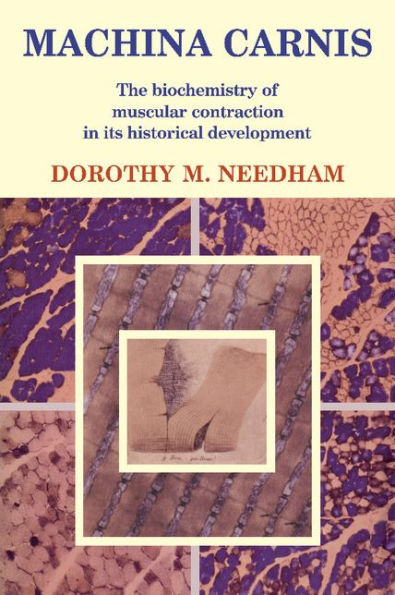5
1
9780521112673


Machina Carnis: The Biochemistry of Muscular Contraction in its Historical Development available in Paperback

Machina Carnis: The Biochemistry of Muscular Contraction in its Historical Development
- ISBN-10:
- 0521112672
- ISBN-13:
- 9780521112673
- Pub. Date:
- 06/04/2009
- Publisher:
- Cambridge University Press
- ISBN-10:
- 0521112672
- ISBN-13:
- 9780521112673
- Pub. Date:
- 06/04/2009
- Publisher:
- Cambridge University Press
66.99
In Stock

Product Details
| ISBN-13: | 9780521112673 |
|---|---|
| Publisher: | Cambridge University Press |
| Publication date: | 06/04/2009 |
| Pages: | 820 |
| Product dimensions: | 6.10(w) x 9.10(h) x 1.70(d) |
About the Author
From the B&N Reads Blog
